By Joel Thatcher, Creative Principals
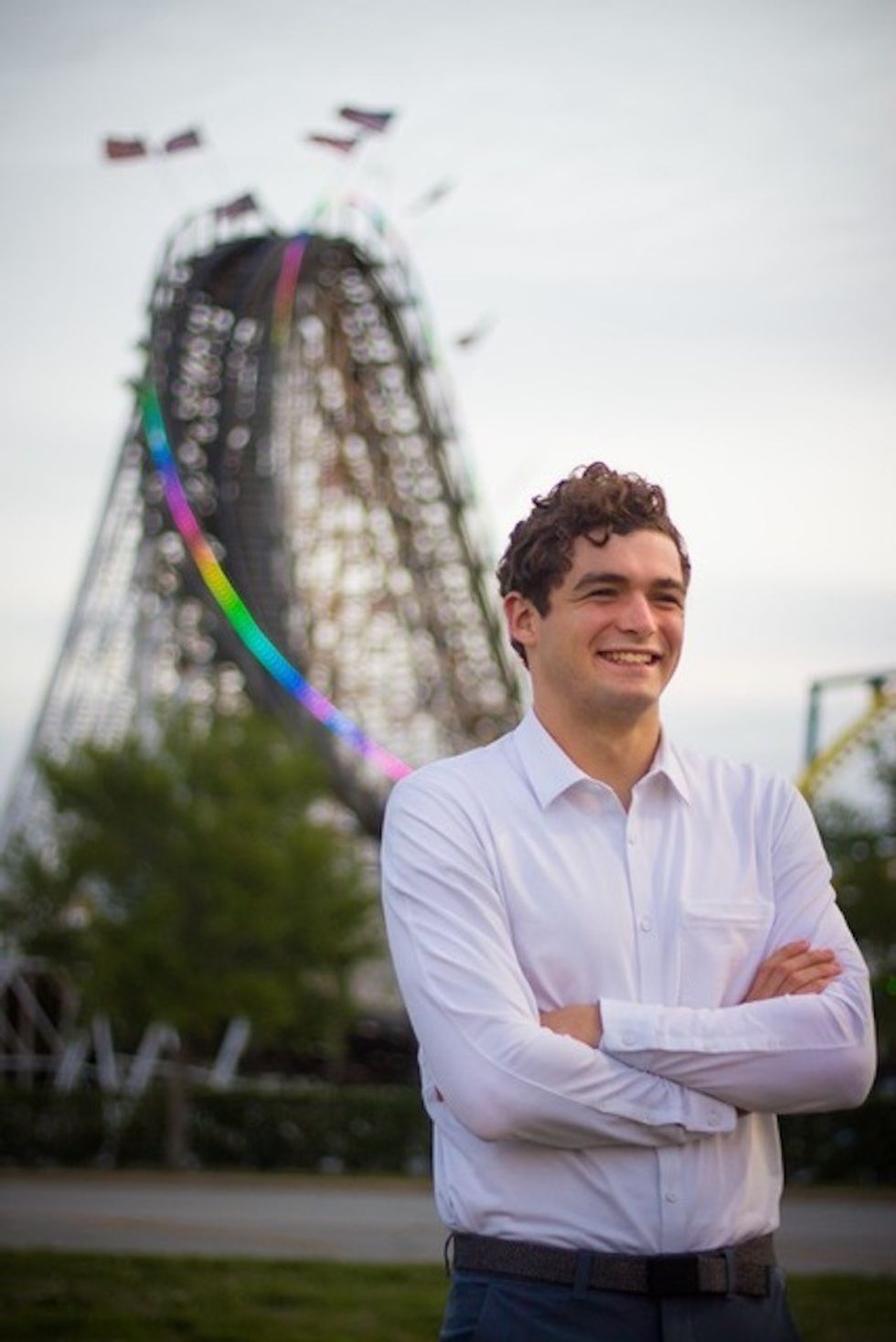
Raising money for museums has never been easy, but in the past few years, with fiscal pressures mounting after the pandemic and attendance slowly rising to reach pre-pandemic levels, it has become more challenging than ever before.
So, as an aspiring museum director looking to raise money for your next big exhibit or much-needed renovations, how do you set yourself apart from the thousands of other museums and not-for-profits grasping for the same funds?
As ridiculous as it might sound, perhaps the answer can be found by looking at how another not-for-profit found a way to stand out during the most intense fundraising season of the year.
Lessons from charity fundraising
We’ve all been there.
It’s late December and you’re heading to the grocery store to make a last-minute purchase for Christmas Eve dinner with your family. If only you had remembered to pick up the cranberries earlier that day! In any case, as you park your car and brace yourself for the cold winter air as you close the door, you hear it.
Ding.
No, not today, you think. I’m in a hurry.
Ding.
You tap your pockets for any change. Nothing. You instinctively look for your wallet in an attempt to find spare cash but realize you only have your mobile phone.
Ding.
Maybe I can make it over to the other entrance, you think. After all, it’s not that you don’t want to donate to the charity volunteers standing in front of the grocery store, it’s just that I don’t have anything on me, you tell yourself. But looking at the other entrance, you see that they have it covered as well.
So, you bite the bullet, give a polite nod, and mouth, “sorry,” to the smiling faces that ring the bells as you pass into the store. Later, even as you’re examining the different prices for cranberries on the shelf, you can’t help but shake off that guilty feeling.
Each year, hundreds of charities work—or even struggle—during the holidays to inspire a season of giving and support for millions of needy people around the world. But over the last several years, a new model of giving has emerged that has turned these small acts of charity into a rewarding experience for those who are willing to donate.
The Light the World Giving Machines
This new way comes in the form of The Light the World Giving Machines sponsored by The Church of Jesus Christ of Latter-day Saints. And while some might look at this development as an inspirational story and nothing else, we can’t help but ask the question: As experience designers, what lessons can we learn from this new model of giving and charity fundraising? And more importantly, how can we apply it to our own experiences?
In order to do this, we first must understand how these machines work.
Since 2017, the Church has designed, built, installed and operated bright red reverse vending machines in various locations around the world—from New York’s Times Square to London ’s Hyde Park. But unlike a typical vending machine filled with salty snacks, candy and soft drinks, these contain stacks of big photographic cards with catchy copy corresponding to items from charities and nonprofits both in the local area and around the world.
In 2022, these charities included everything from the Bundles of Hope diaper bank in Birmingham, Alabama to the Royal Flying Doctor Service in Queensland, Australia. The Church, by financing both The Light the World Giving Machines and all credit card fees, is able to funnel 100 percent of all donations directly to these charities.
How does it work?
This is how it works: Individuals or even groups can browse through the many donation options available in each machine.
Whether its school supplies for a child in need, a one-month supply of food for a family, a bike, a basketball, board games, clothing, or even a live goat to help a rural family in need, all a person must do is input the corresponding code—just like in any vending machine—swipe a credit card or tap their phone, and watch as the card symbolizing that charity drops into a pile of previous donations below.
And, oh my, do people love to donate goats, chickens, ducks and anything related to animals! “What we love about this initiative is that it marries our Church’s global connections with charities like the American Red Cross, UNICEF and WaterAid with local charities in communities all over the world,” says Karl Cheney, who helps oversee the program for The Church of Jesus Christ of Latter-day Saints.
Unique charity fundraising initiative has lessons for experience designers
Since 2017, these Giving Machines have raised more than $22 million dollars for charitable organizations and a recent tour through 5 cities in Florida, Georgia, Alabama, and North and South Carolina during the 2022 holiday season saw more than $400,000 in donations.
Now, back to our original question, what is it that makes these Giving Machines different from other fundraising programs? What can the experience designers who read blooloop learn from these machines?
“It’s about helping people experience the true meaning of Christmas,” said Cheney. “They are called ‘Giving Machines’ because they turn giving into an experience by involving people in the process of the donation as much as possible.” Rather than simply dropping a few dollars or Euros into a collection bin, these Giving Machines allow users to see and select where their donations will go."
“We’ve seen people spend 15 minutes standing at the Giving Machine talking about each of the charities as they debate among themselves whether they should donate a pillow or a pig,” says Mike Grass from Boncom, the ad agency behind The Light the World campaign. “By involving people in the donation decisions, it allows their imaginations to run wild as they concoct stories in conversations and in their minds about the families and people they will be supporting.”
In other words, these machines present their users with a choice—they give them the freedom to choose what they will be supporting. Similarly, a museum seeking to raise funds for a new exhibit can present options for guests for what they would like to see. Perhaps a form of giving machine can stand at the exit of an aviation museum and ask guests whether they want to fund the B-17 or the F-16.
Freedom and imagination
The simple principle we can learn here is that when people are giving money, they want to know exactly where it is going and be given the freedom to choose.
Along with this sense of freedom, these Giving Machines also engage the user’s imagination. As people stand with their loved ones and choose exactly what they will be donating—whether it’s a new stroller for a single pregnant teenager still in high school in Jacksonville or bedding for a refugee in Charlotte—they are rewarded simply by imagining who their donation will help.
“Oftentimes, when it comes to making a donation,” says Grass, “you have no idea where your money will actually end up. Sure, you know it’s for a good cause, but that disconnect will always exist unless you can involve people in the story of giving.”
While users will never see the faces of those who will enjoy a week’s worth of meals, they can imagine a story of someone receiving those meals because they had the power to choose between a meal just like we choose between a bag of chips vs. a chocolate candy bar in a vending machine. By giving people a small piece of the puzzle and involving them more in the process of giving, they can put the rest of the story together themselves through their own imaginations.
More power to the guests
Beyond donations, this is a principle that can be applied to any experience. Whether it’s a museum exhibit, theme park attraction or brand experience, we need to give guests more power in the choices they make. These choices translate to experiences as guests fill in blank canvases of an exhibit with their imaginations or expand the story of an attraction beyond the thrill of the ride.
We can learn that by giving guests small pieces of a puzzle, they have the imagination to put together the rest.
“I think one of the most important lessons we took away from The Light the World Giving Machines as an agency,” Grass says. “Is that if you want to elevate any worthy cause, find a way to transform it into an experience.”
And sometimes the best way to do that is by simply involving people more in the process and trusting them to find the story they want to tell.
Joel Thatcher is a writer at Creative Principals who helped Boncom and The Church of Jesus Christ of Latter-day Saints with The Light the World Mobile Giving Machine that toured five Southeastern cities in the United States in November and December 2022.
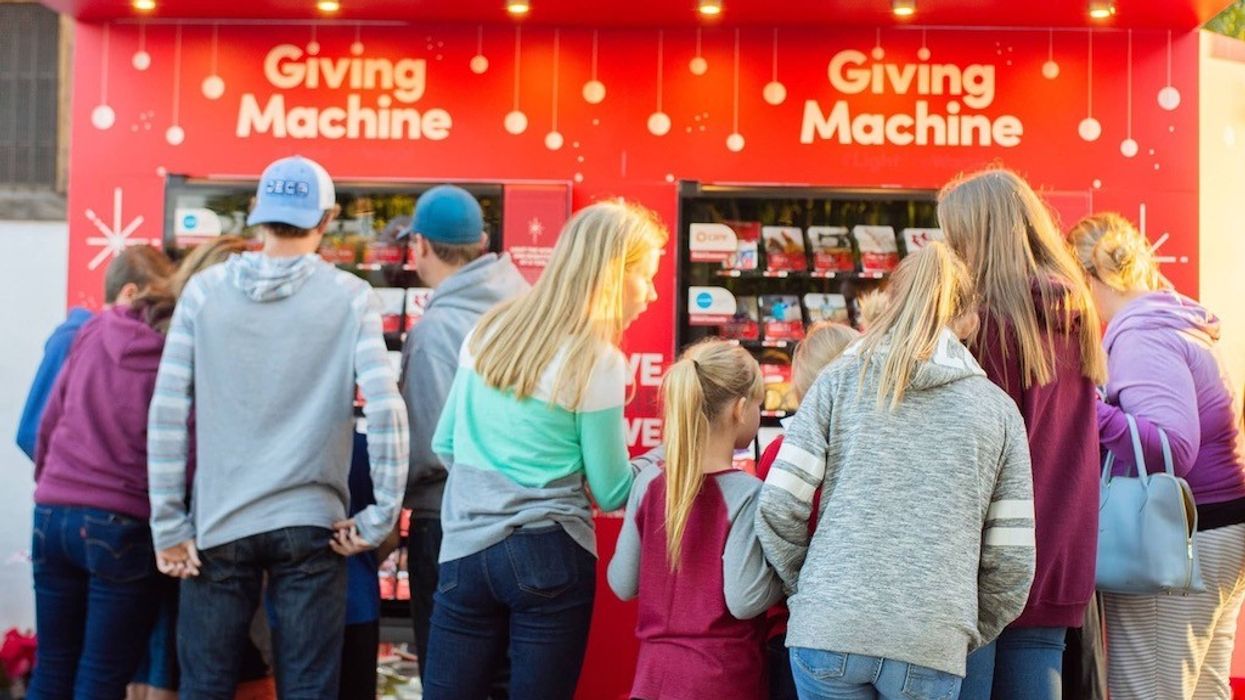

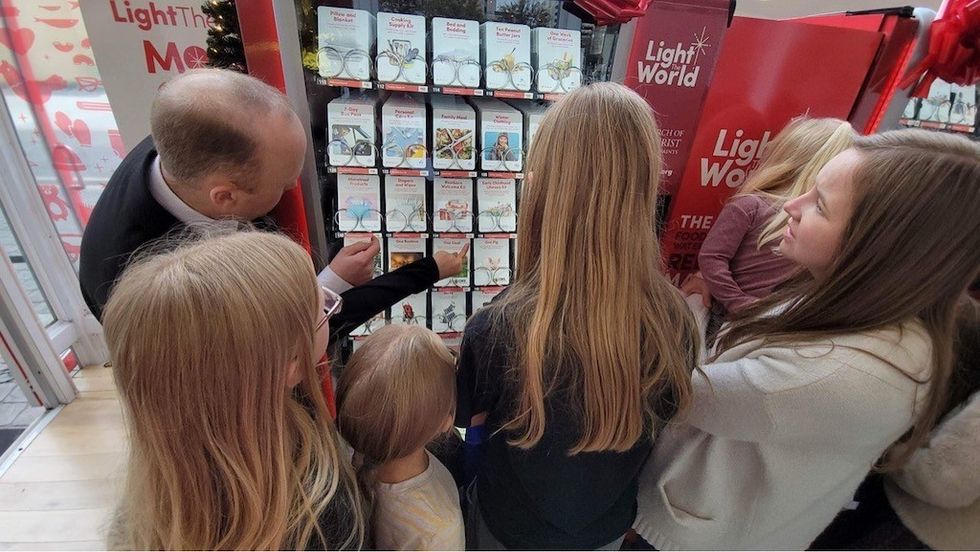
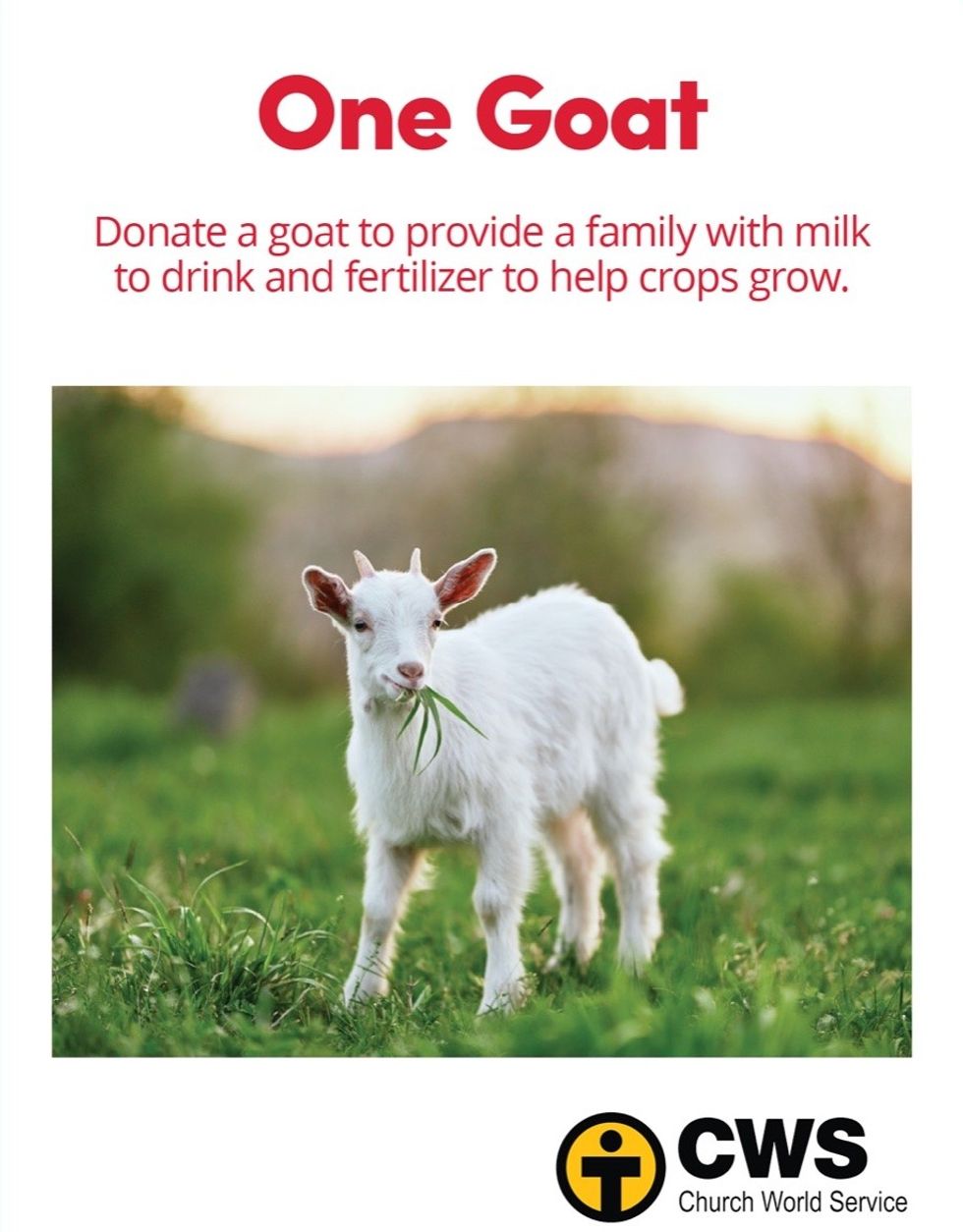
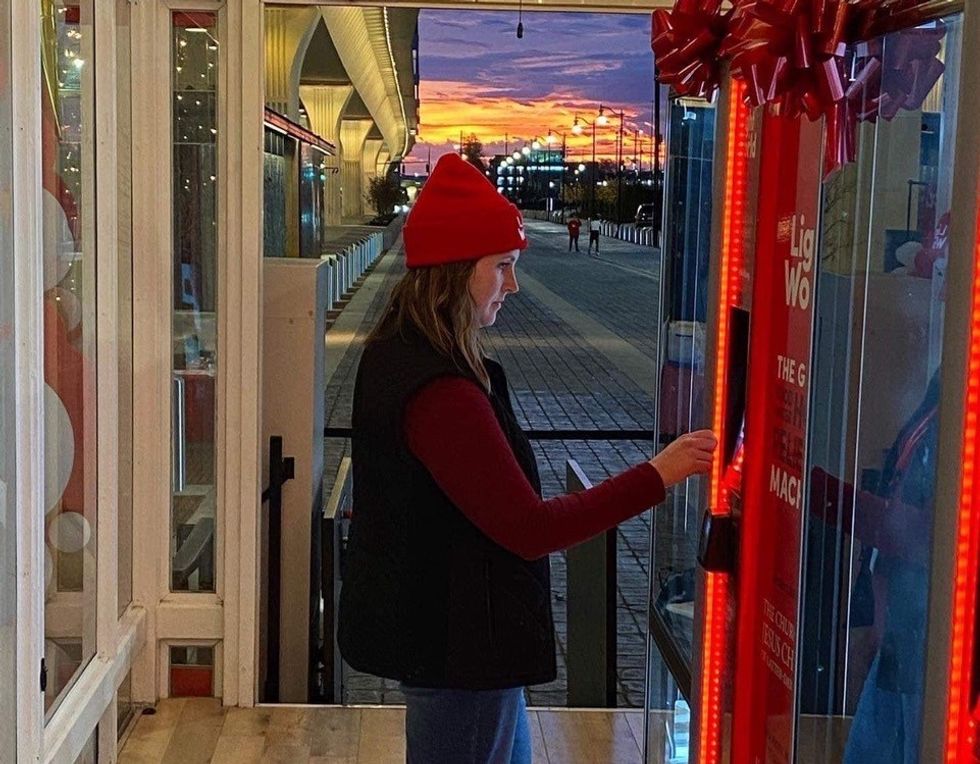
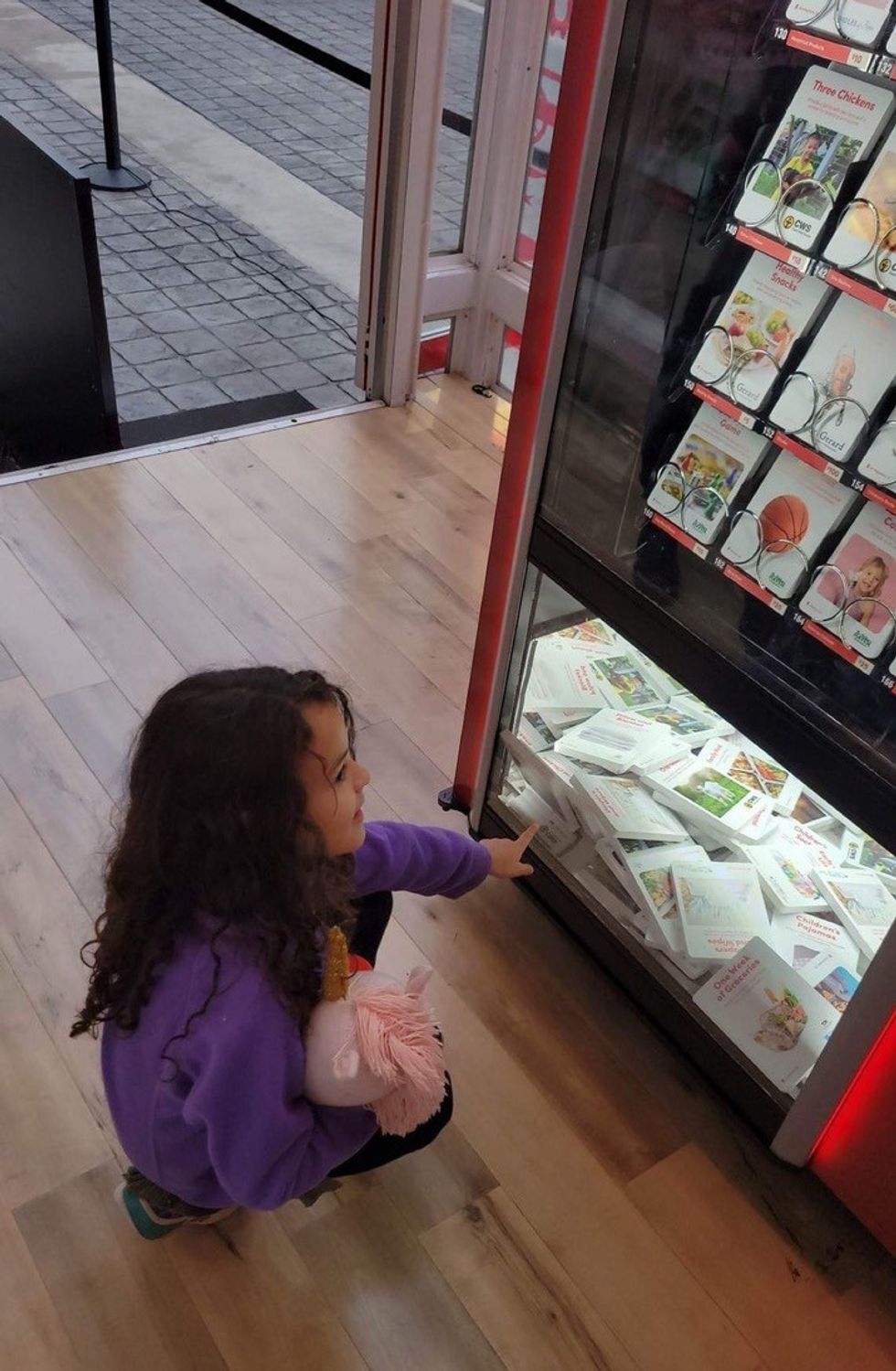

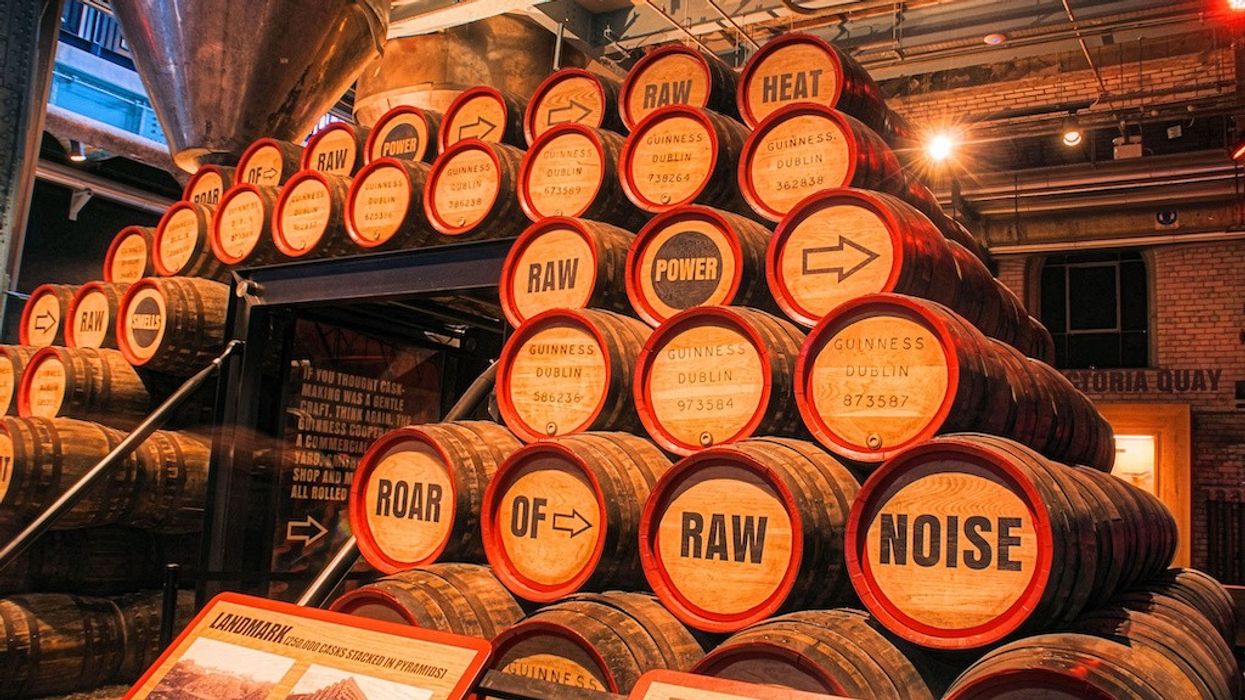
 Christian Lachel, chief creative officer, BRC Imagination Arts
Christian Lachel, chief creative officer, BRC Imagination Arts  Image credit AA+W - stock.adobe.com
Image credit AA+W - stock.adobe.com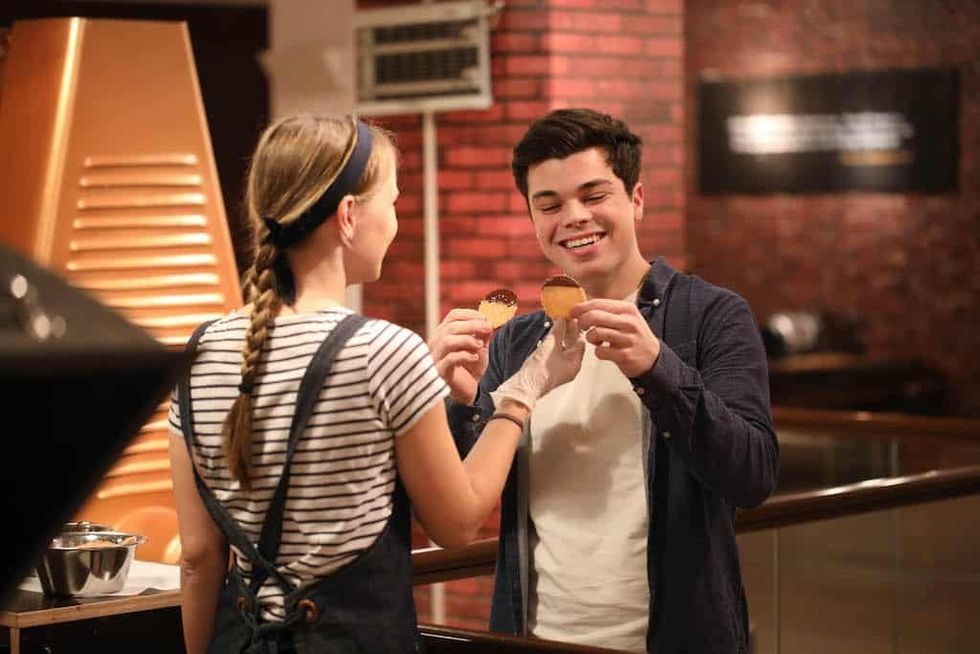 Chocoversum Image credit Sebastian Fuchs
Chocoversum Image credit Sebastian Fuchs 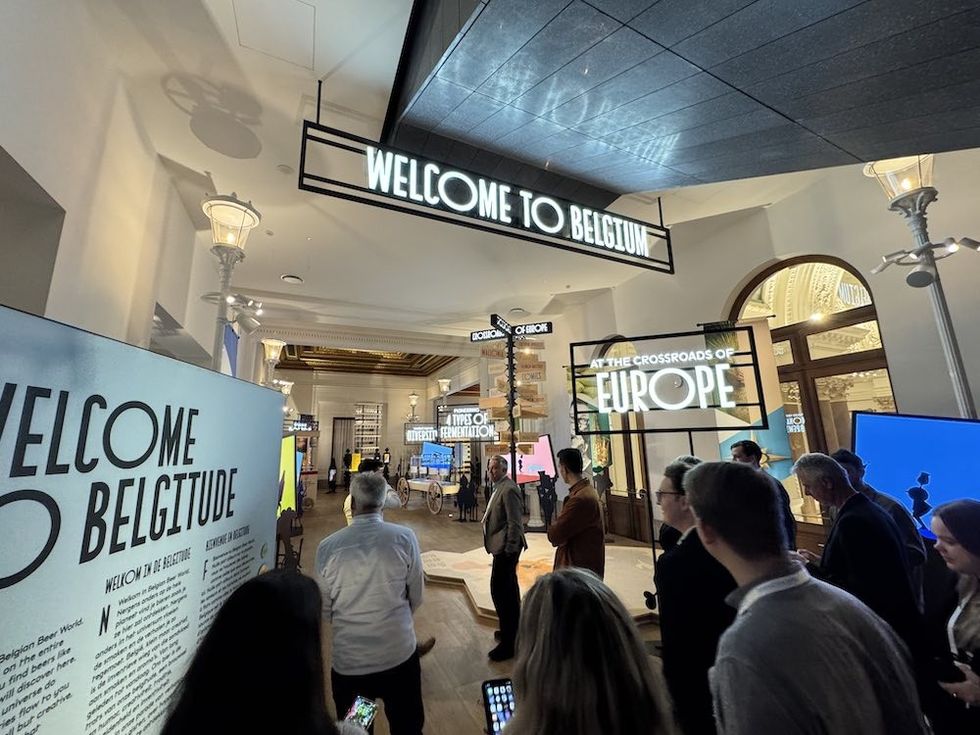 Belgian Beer World
Belgian Beer World 





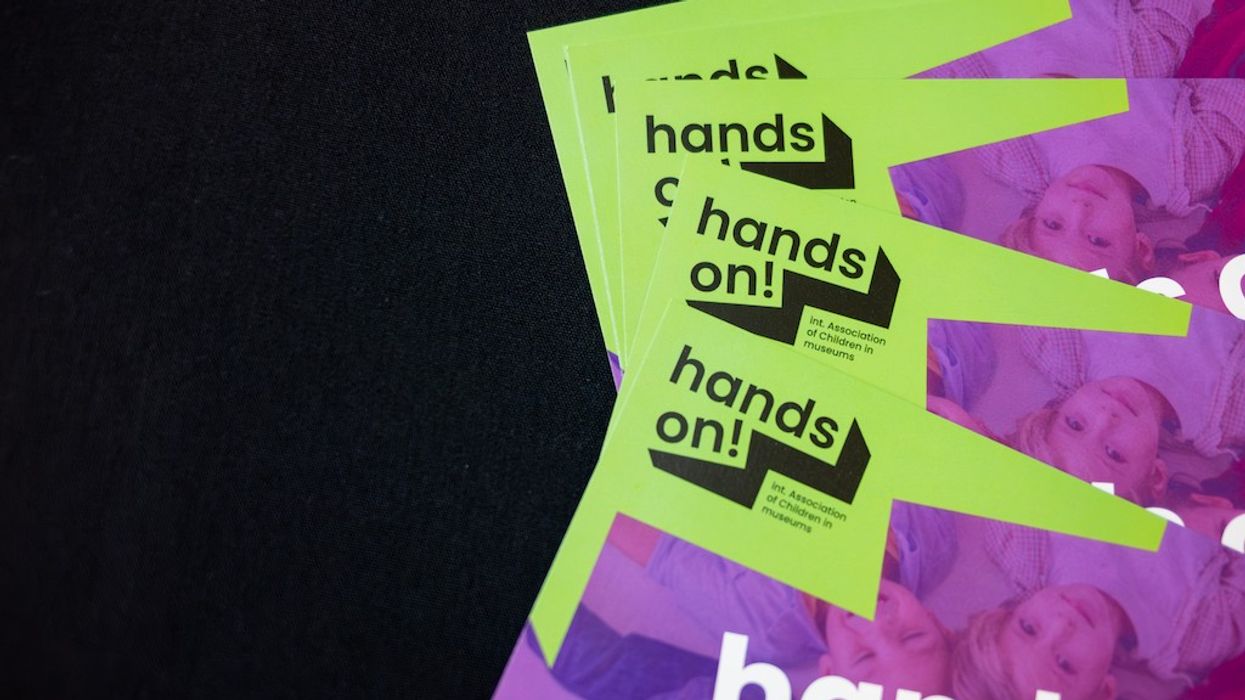
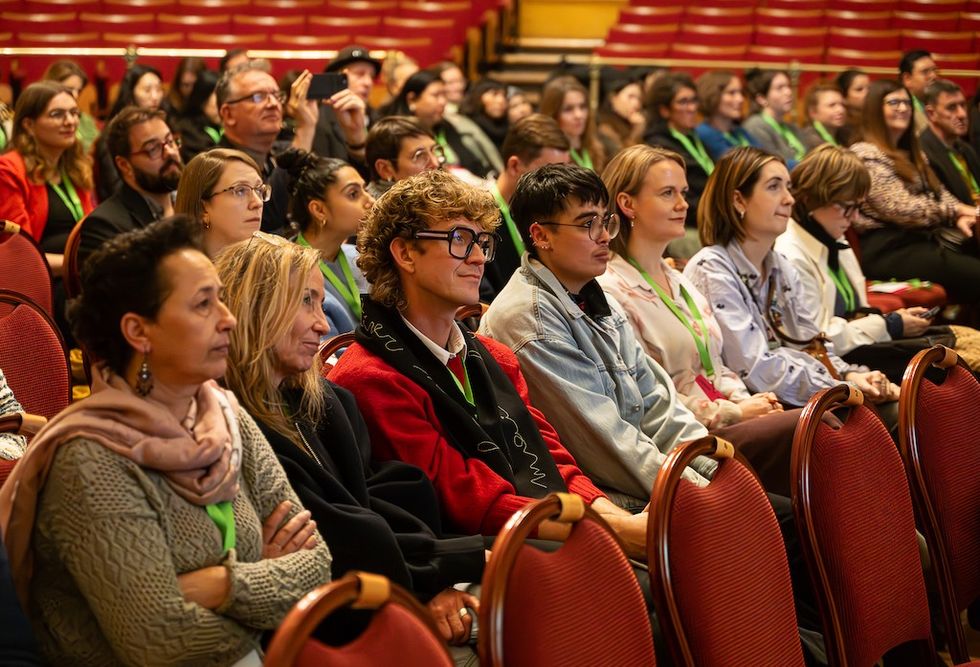
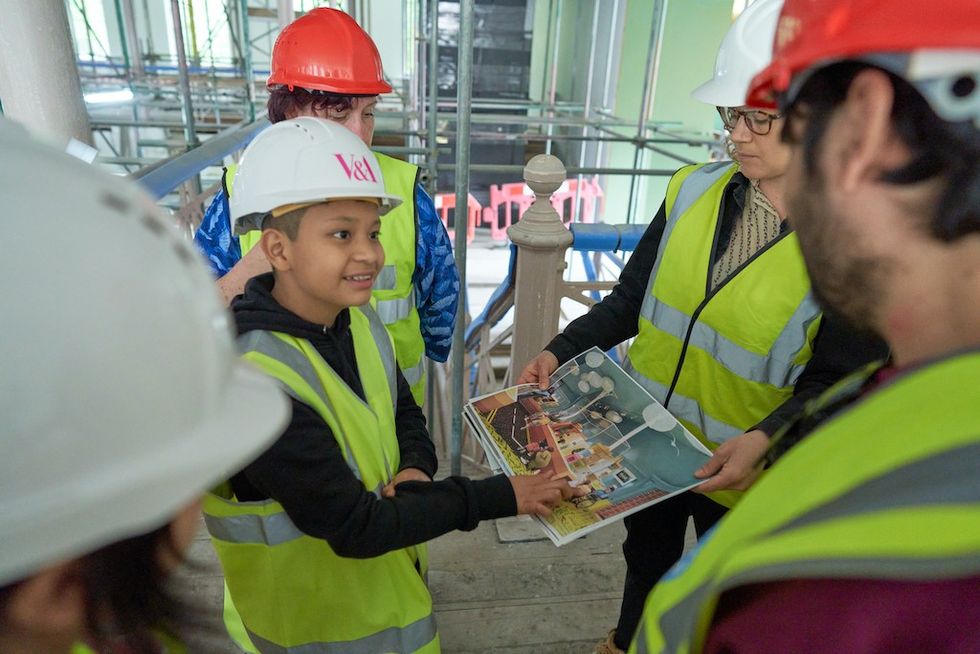 Young V&A Youth Collective members have a tour of the Young V&A construction site. Image courtesy of Young V&A.
Young V&A Youth Collective members have a tour of the Young V&A construction site. Image courtesy of Young V&A. 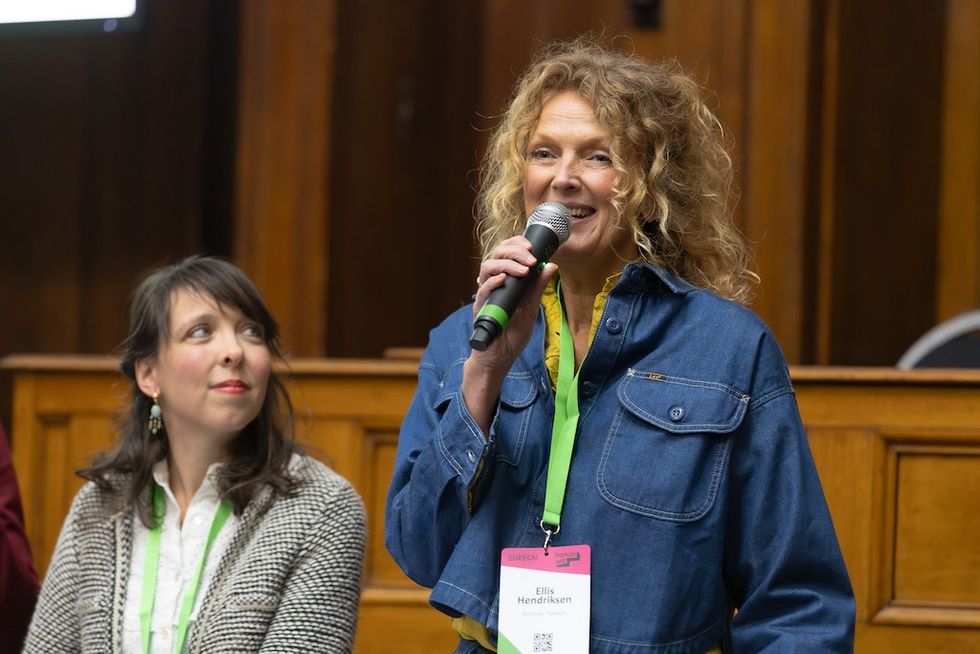 Floriane Perot and Ellis Hendriksen
Floriane Perot and Ellis Hendriksen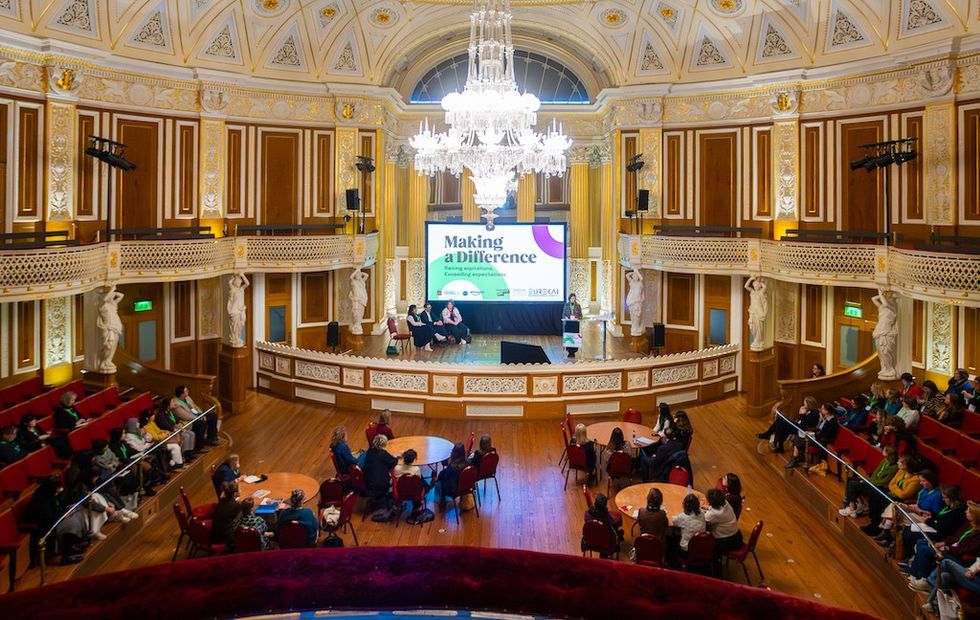
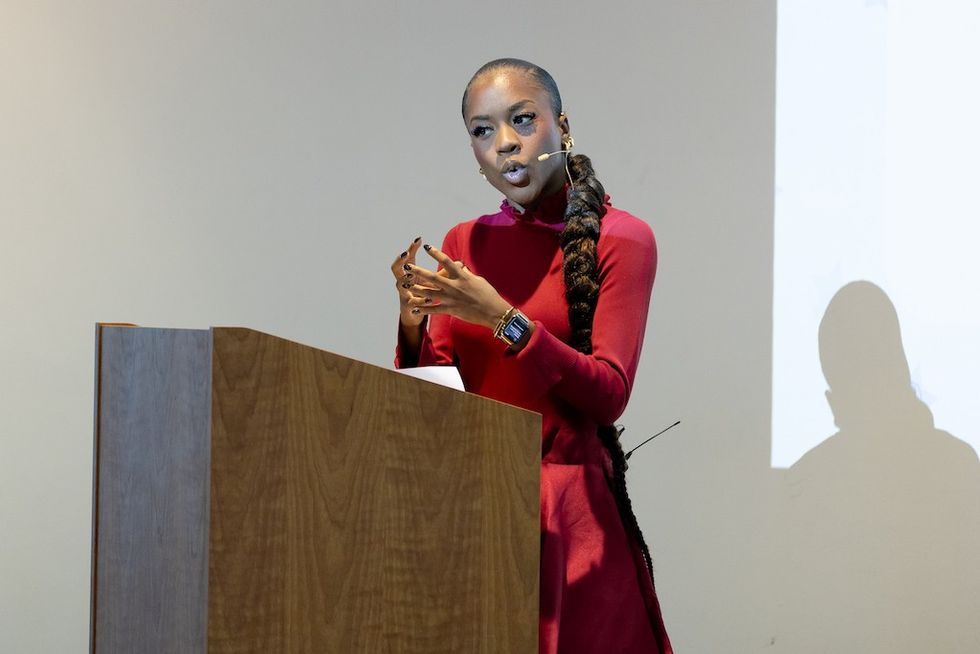 Amber Ogunsanya-William
Amber Ogunsanya-William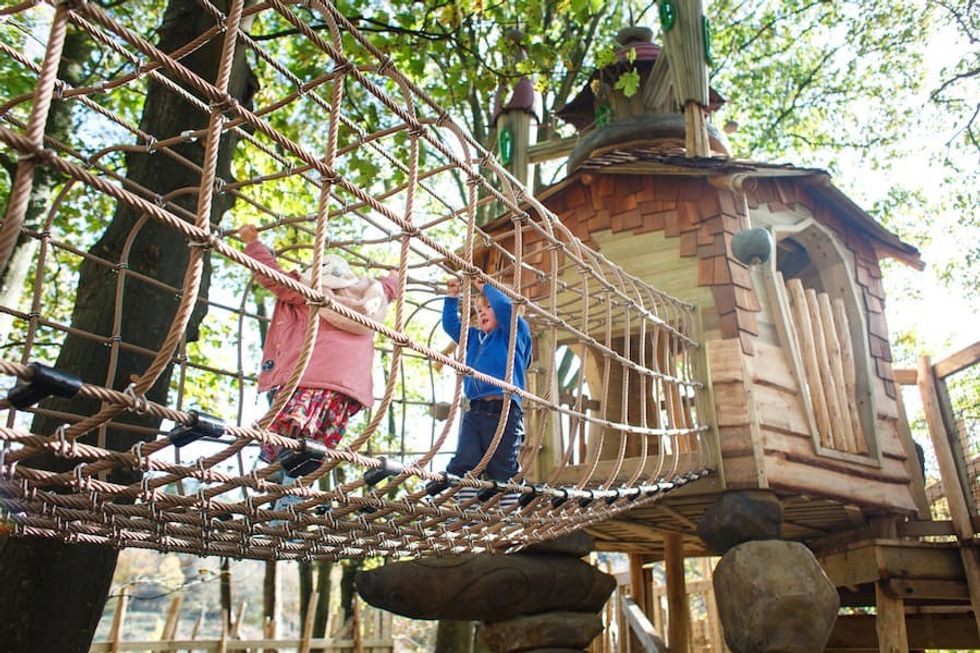 Tumblestone Hollow adventure playground by CAP.CO
Tumblestone Hollow adventure playground by CAP.CO 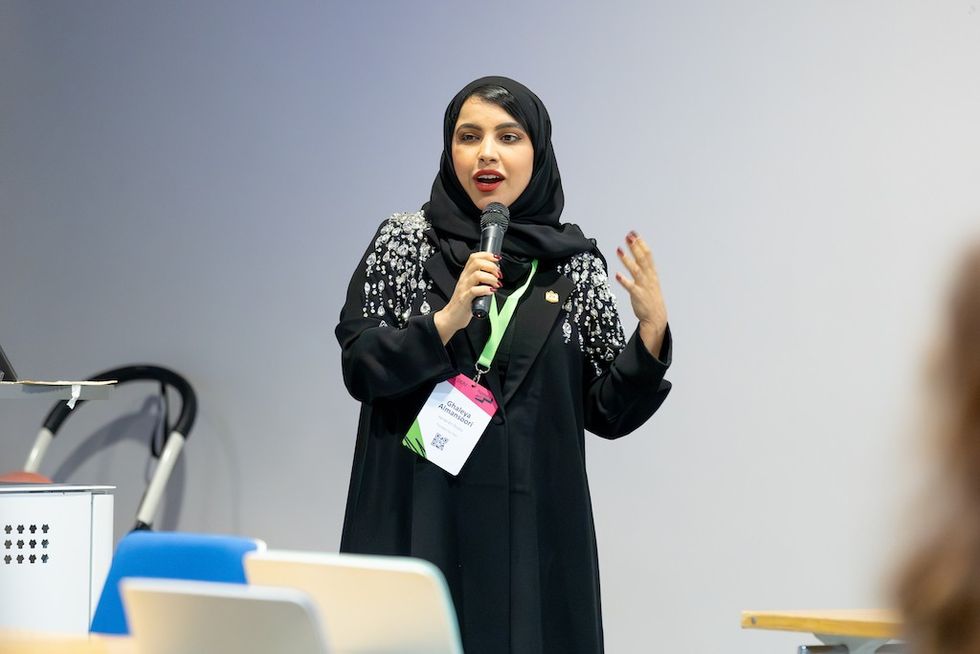 Ghaleya Al Mansoori
Ghaleya Al Mansoori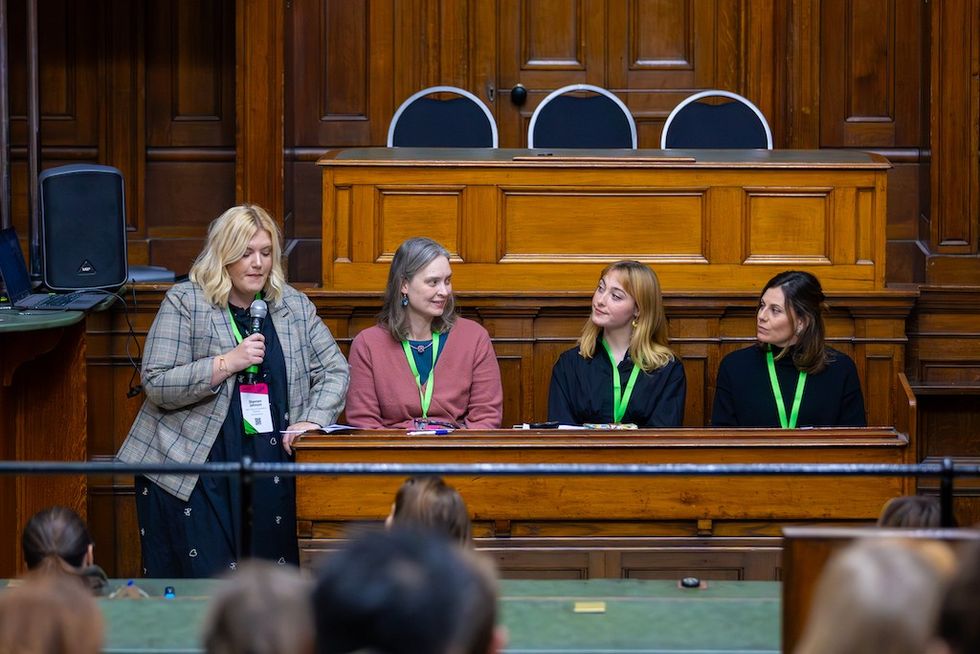
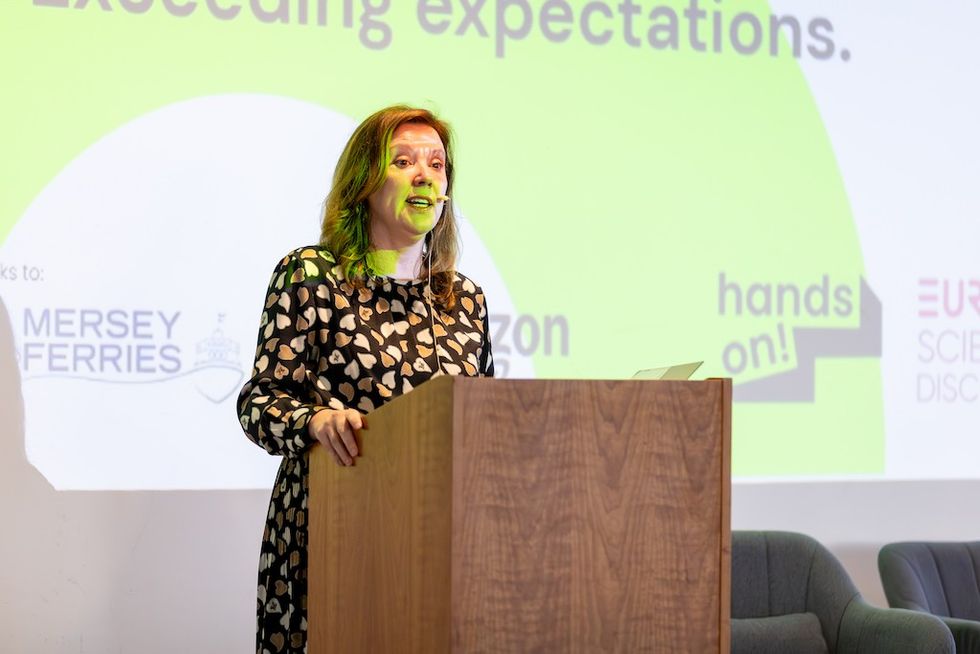 Dame Rachel de Souza
Dame Rachel de Souza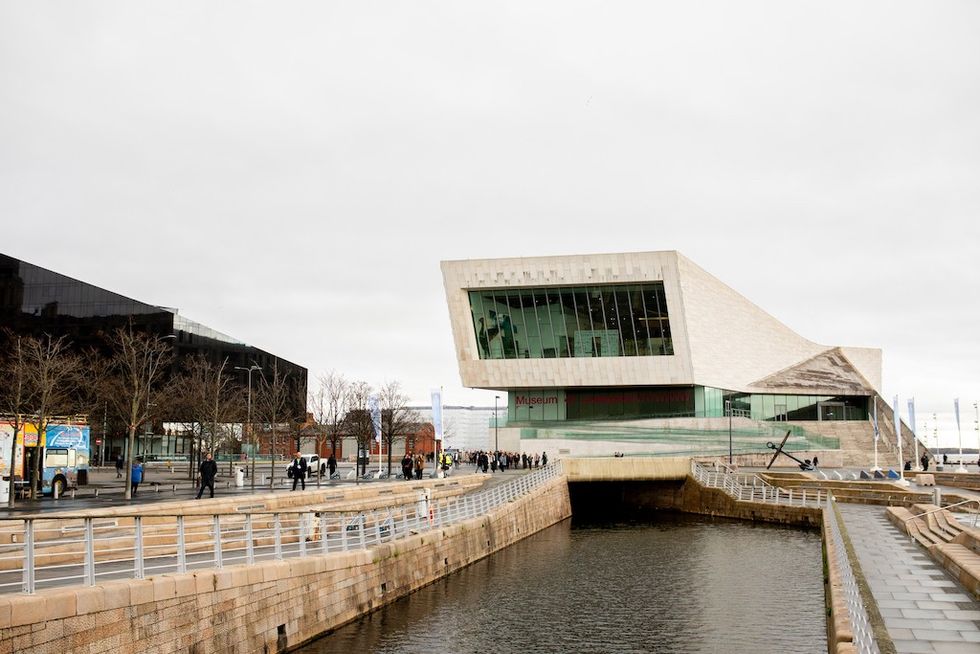 Liverpool Museum
Liverpool Museum
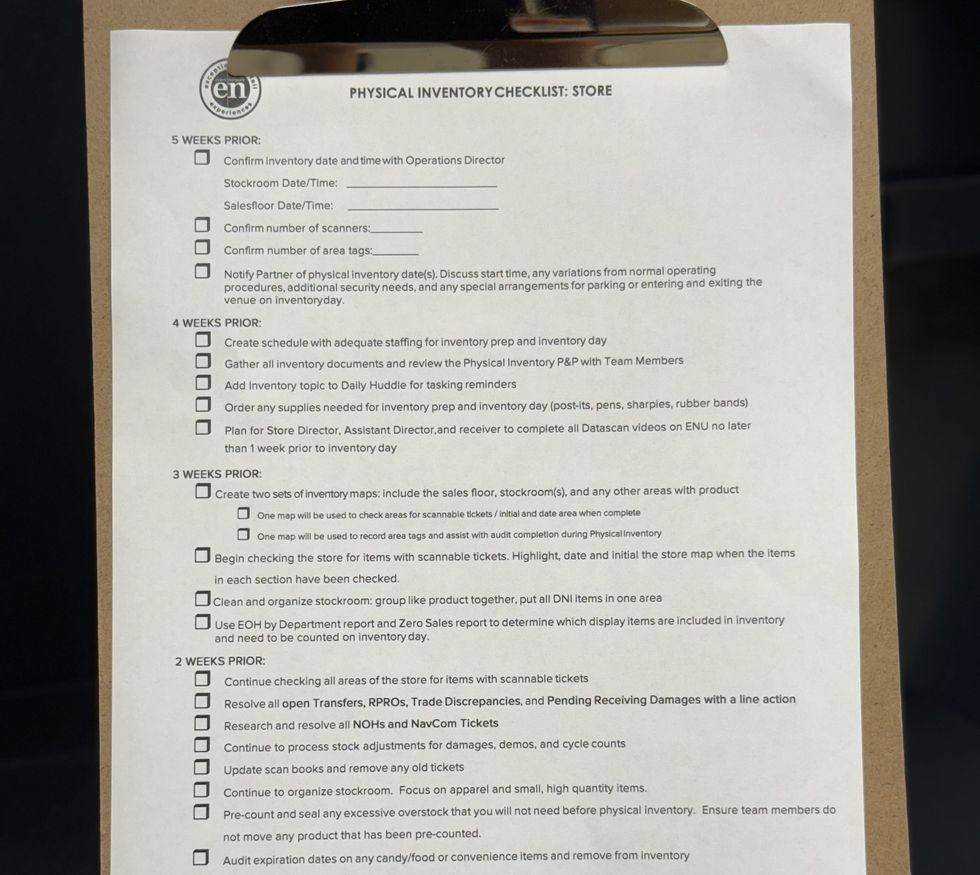

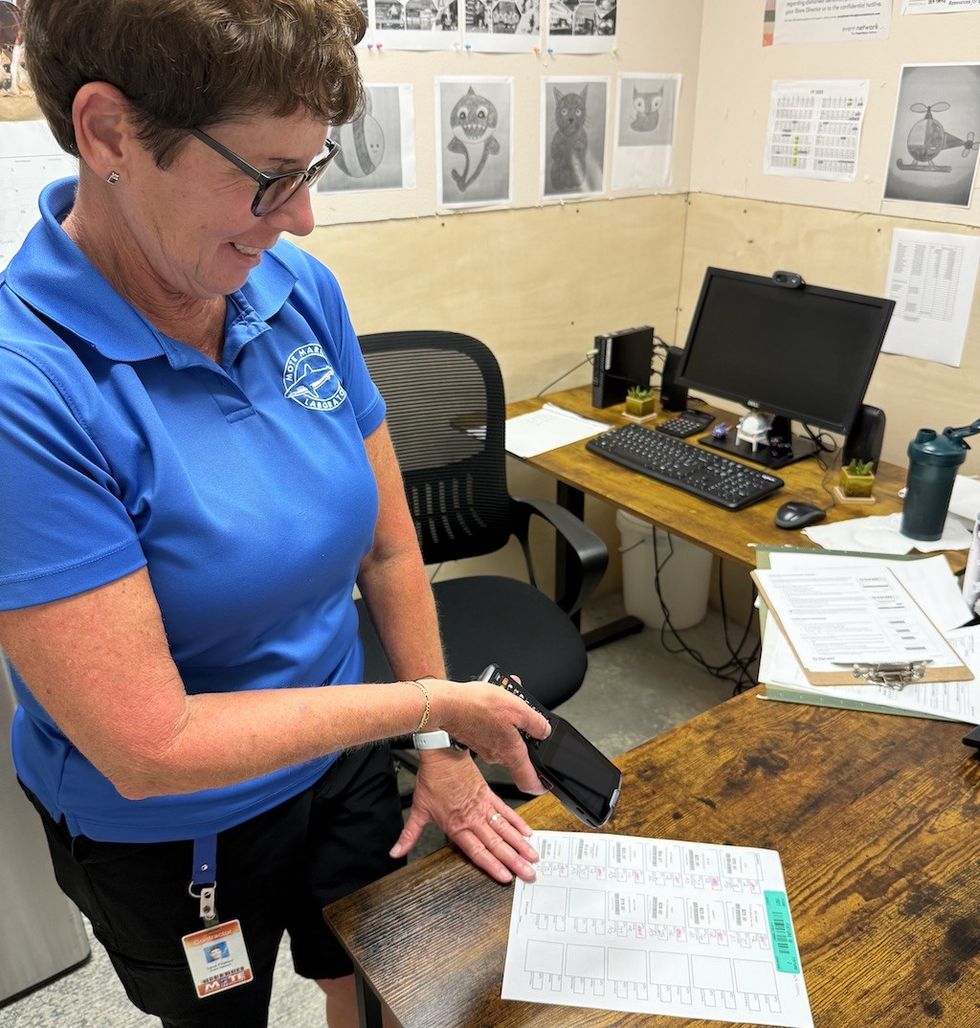


 Guests display a commemorative UN stamp sheet marking the 100th anniversary of the Palace Museum at the UN headquarters in New York, May 2025 (Xinhua)
Guests display a commemorative UN stamp sheet marking the 100th anniversary of the Palace Museum at the UN headquarters in New York, May 2025 (Xinhua)






